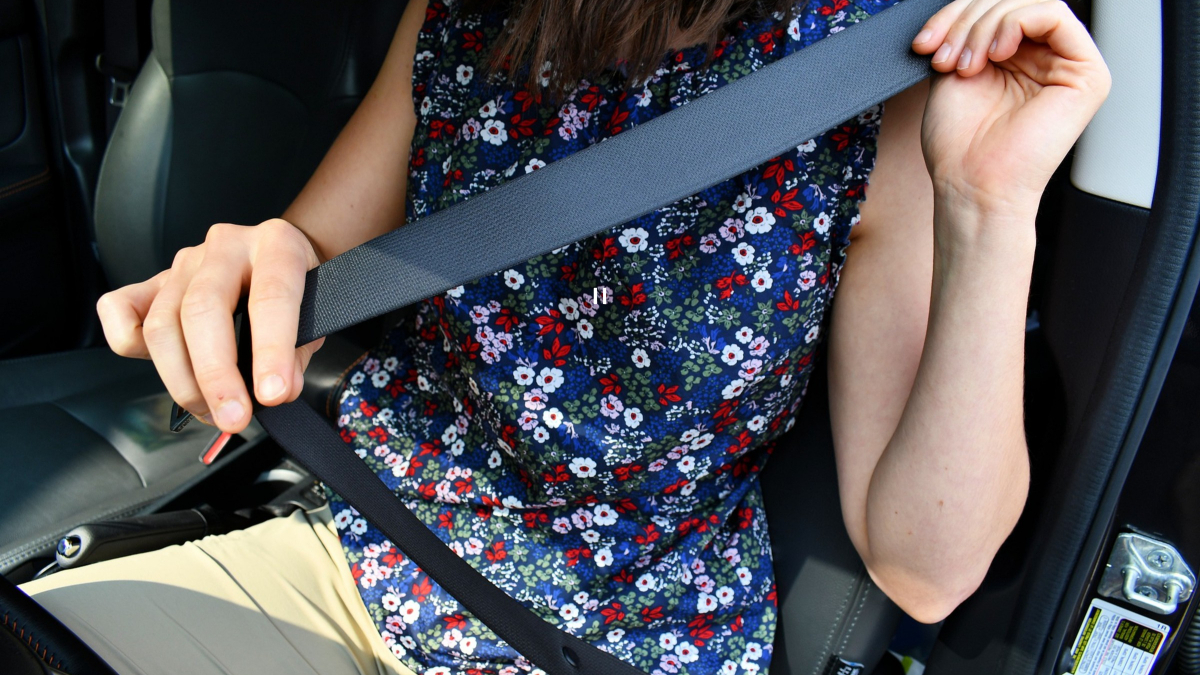Practicing defensive driving is the best way to avoid car accident injuries. Examples of defensive driving include eliminating distractions, staying focused on traffic conditions, using turn signals and driving within the speed limit. Additionally, make sure there is enough distance between your car and the car in front of you in case you have to react swiftly to an unexpected situation.
In addition to defensive driving, here are eight great ways to reduce your risk of suffering a car accident and possible serious injury:
1. Sit up straight while driving so that you can see clearly beyond the hood of your car and to the periphery of your vision field
2. Regularly have your car inspected and maintained to prevent accidents caused by bad brakes, low oil or transmission fluid levels (gear slipping, overheating engine) or bald tires.
3. Position driver and passenger seat to be as far from the air bag as possible. Sitting too close to a triggered airbag may cause skin burns or even fractures when the bag powerfully squeezes your body against the seat
4. Wear a seatbelt at all times. The U.S. Centers for Disease Control reports that nearly half of all car accident fatalities involved people who were not wearing a seatbelt
5. Proper steering wheel positioning improves your ability to handle your car in all traffic and weather conditions. Point the steering wheel more towards your chest rather than your face. Hands should be placed on the steering wheel in a “10:00 and 2:00” position.
6. Drive the speed limit. Speeding increases the risk of having an accident by nearly 30 percent. Going just five miles faster than the speed limit reduces your ability to control your vehicle, worsens the potential for serious injury and endangers the lives of other drivers and pedestrians
7. Keep your eyes on the road. Distracted driving is the leading cause worldwide of car accidents. Never eat, text, adjust radio/CD players or do anything else that takes your attention off the road
8. Don’t continue driving a car that is in mechanical distress. If your car is smoking, making loud noises or it feels like your steering wheel isn’t responding correctly, pull over and call for help
Unfortunately, taking steps to improve your own safety while driving can’t prevent other drivers from behaving recklessly. If you have been injured in a car accident through no fault of your own, contact our personal injury attorneys today.



